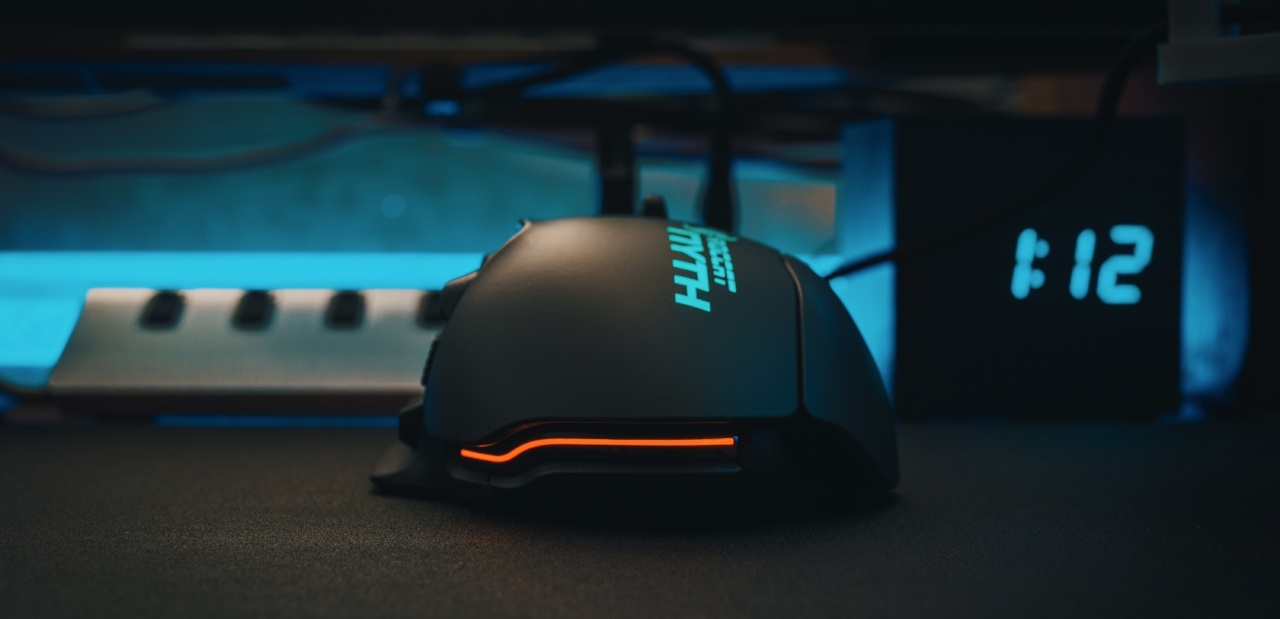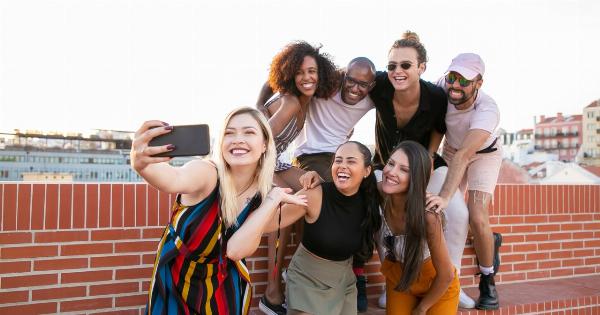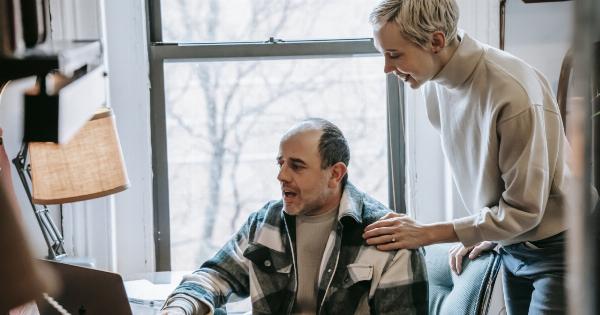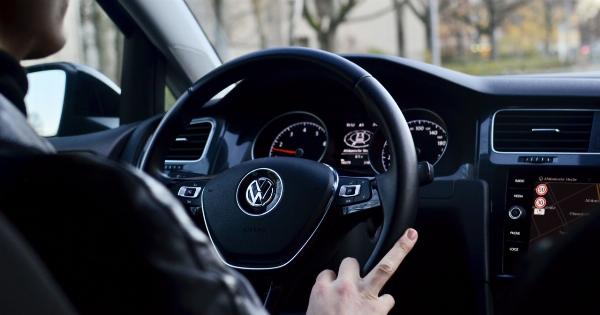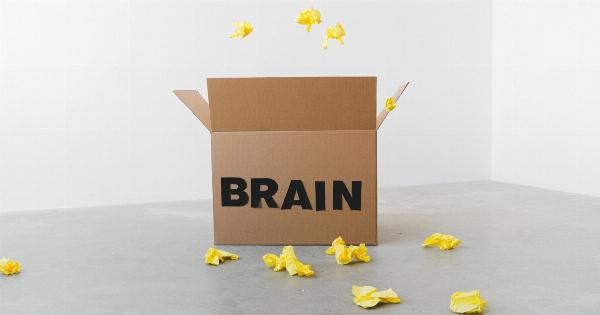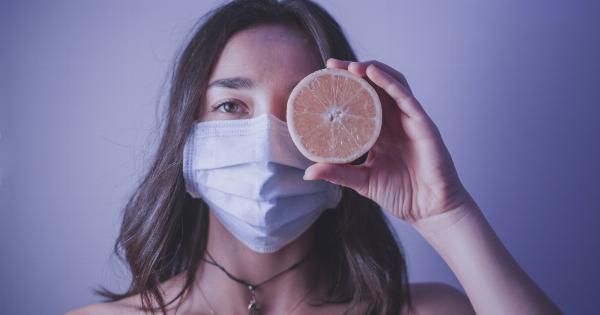In today’s digital age, the phenomenon of taking selfies has become a global obsession.
Selfies, which are self-portraits taken using smartphones or digital cameras, have taken over social media platforms and have become a prominent display of self-expression. This article explores the concept of selfie-mania, the phenomenon of excessive selfie-taking, and its impact on society.
The Rise of Selfie Culture
The emergence of selfie culture can be attributed to several factors. First and foremost, advancements in technology have made it easier than ever for individuals to capture high-quality images of themselves.
Smartphones equipped with powerful front-facing cameras and various photo-editing applications have made taking and sharing selfies effortless.
Furthermore, the rise of social media platforms such as Instagram, Facebook, and Snapchat has fueled the popularity of selfies.
These platforms provide individuals with a global stage to showcase their lives and gain validation through likes, comments, and shares. Selfies have become a currency in the digital world, where self-worth is measured by the number of followers, likes, and engagements one receives.
The Psychology Behind Selfie-Mania
Selfie-manic individuals often exhibit narcissistic tendencies. They seek external validation and attention from others, using selfies as a means to enhance their self-esteem.
Posting selfies regularly allows them to curate their online image and receive validation in the form of likes and comments, providing a temporary boost to their self-esteem.
Moreover, selfie-manic individuals may suffer from low self-esteem and use selfies as a way to mask their insecurities.
By only presenting carefully curated images of themselves, they can control how others perceive them and project an idealized version of themselves.
Additionally, the act of taking selfies can become addictive. The instant gratification received from capturing the perfect selfie and receiving positive feedback from others can create a constant need for affirmation.
This addiction may lead to unhealthy behaviors and a constant craving for social validation.
Social Implications of Excessive Selfie-Taking
Selfie-mania has numerous social implications, both positive and negative. On one hand, selfies have become a powerful tool for self-expression and empowerment.
They provide individuals with the means to embrace their uniqueness, celebrate their identity, and communicate their emotions. Selfies have become a platform for marginalized communities to reclaim their narratives and challenge societal norms.
However, excessive selfie-taking can also have detrimental effects on individuals and society as a whole. The obsession with physical appearance and the constant need for validation can contribute to body image issues and low self-esteem.
Moreover, the pressure to conform to societal beauty standards depicted in selfies can lead to feelings of inadequacy and self-comparison.
Furthermore, selfie-manic behavior can hinder genuine human connection. Individuals may become so consumed with capturing the perfect selfie or seeking validation online that they neglect real-life interactions.
This can lead to feelings of isolation, loneliness, and a distorted perception of reality.
Is Selfie-Mania a Passing Fad?
While some argue that the selfie trend will eventually fade, it is unlikely to disappear completely. Selfies have become ingrained in our culture and have reshaped the way we communicate and present ourselves.
As technology continues to advance and social media platforms evolve, the selfie culture is likely to evolve with them.
However, as we become more aware of the potential negative effects of excessive selfie-taking, it is essential to promote a healthy balance.
Encouraging self-acceptance, focusing on genuine connections, and highlighting the importance of internal validation can help individuals navigate the world of selfies without compromising their mental well-being.
The Future of Selfie Culture
As selfie culture evolves, there are emerging trends that may redefine the way we perceive and engage with self-portraits.
The rise of augmented reality (AR) and filters has already started to transform selfies, allowing individuals to experiment with different looks and alter their appearance. This trend may continue to grow, blurring the boundaries between reality and virtuality.
Additionally, the concept of “unselfies” has gained popularity. Unselfies involve using selfies as a means to raise awareness about social or political issues, promoting causes, or supporting campaigns.
This shift towards using selfies for social good may help counter the negative aspects associated with selfie-mania and encourage individuals to use selfies as a tool for positive change.
Conclusion
Selfie-mania, the ultimate digital narcissism, has reshaped the way we perceive self-expression and social validation.
While it has its positive aspects, such as empowering individuals and promoting self-acceptance, it also has negative implications, including narcissistic tendencies and the erosion of genuine connections.
As the selfie culture continues to evolve, it is crucial to strike a balance between self-expression and mental well-being.
Encouraging individuals to seek internal validation, promoting authenticity, and leveraging selfies for social good can help mitigate the negative effects and foster a healthier relationship with selfies in the digital age.
